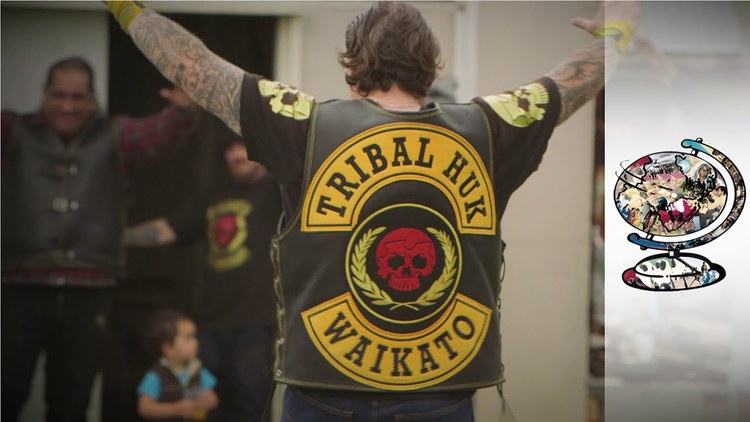


By Steve Sailer
10/24/2021
From The New York Times:
New Zealand Wants a 90% Vaccination Rate. Its Street Gangs May Hold the Key.
The country’s leaders have set aside some misgivings and cooperated with gang leaders to reach their communities.
By Natasha Frost
Oct. 22, 2021… Already, 86 percent of the eligible population has received at least one dose. But the final few percent are the most difficult to reach, and one group of particular concern is the gang community,
“The gang community”: that’s a new one.
many of whose members are Maori or Pacific Islanders, who make up about a quarter of the overall population. In the past two months, multiple outbreaks have been reported among gangs, a group less likely to comply with official vaccination efforts, forcing officials to cooperate with gang leaders to reach their communities.
New Zealand has one of the highest rates of gang membership in the world. There are around 8,000 gang members in the country, according to the most recent police estimates, and many suffer from urban poverty.
Gangs aren’t a cause of urban poverty, gangs are victims of urban poverty.
Counting family and associates, the size of the community might be 10 times that, in a country of five million people, said Jarrod Gilbert, a sociologist at the University of Canterbury and the author of “Patched: The History of Gangs in New Zealand.”
New Zealand’s gangs have a long history, often inspired by similar American groups. In 1961, it became the first country outside the United States to have a chapter of the Hells Angels. Beginning in the 1970s, gangs with an ethnic basis, including the majority-Maori Black Power and Mongrel Mob, became more widespread. For Maori who had moved to New Zealand’s urban centers, gangs became a critical way to find kinship away from traditional tribal structures.
More recently, Dr. Gilbert said, some have been drawn to gangs for their association with profit-driven crime, particularly the sale of drugs. New Zealand is a lucrative market for methamphetamine, and gang members have been among those caught in major police stings.
The link between gangs and organized crime, however, is not wholly straightforward, Dr. Gilbert said. “New Zealanders tend to look at the gangs with a single lens around criminality, whereas the scene is and always has been far more nuanced than that,” he said.
Gangs are nuanced, dammit!
Even within a single gang, he added, some chapters might be highly criminalized while others are more community focused.
Since the 1960s, New Zealand politicians have sought to score points by promising to crack down on gangs or by publicly criticizing them.
They publicly criticized gangs.
Attempts to engage with the gangs have tended to generate pearl-clutching headlines: A government grant of about $2 million to a drug rehabilitation program connected to members of the Mongrel Mob was intensely criticized, including by police leaders.
Criticizing the government giving $2 million to the Mongrel Mob mob is racist.
They aren’t just any criminals, they are mongrel criminals.
Granted, that’s not as good as being pureblood nonwhite criminals, but at least it’s better than being law-abiding whites.